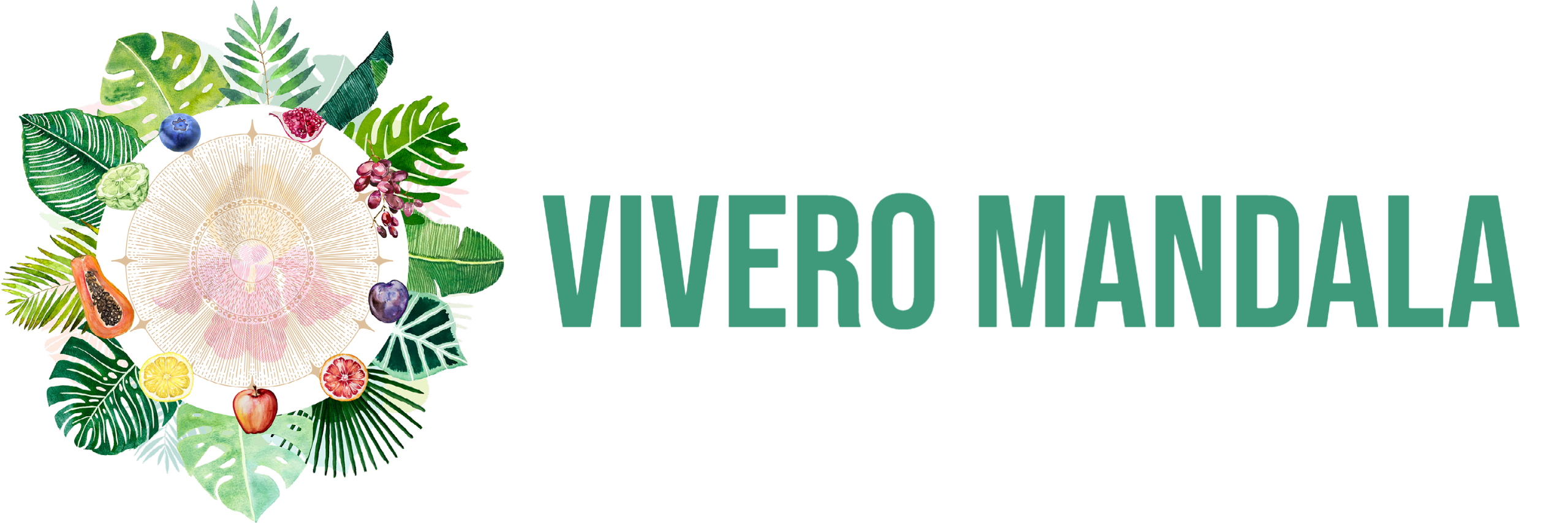Description
Origin
Paraguayan Lavender (Lavandula dentata) is a species of lavender native to the warm, Mediterranean regions of Europe and North Africa. Its name “dentata” comes from the serrated leaf margins that give it a characteristic appearance. This plant is often valued for its fragrant flowers and attractive foliage.
Growth, Appearance, and Characteristics
It is an evergreen shrub reaching a height of about 60 to 90 cm, although it can grow taller under favorable conditions. The leaves are lanceolate with serrated edges. The flower spikes are conspicuous, consisting of small, purple to violet flowers arranged in dense spikes. The flowering period typically extends from spring to summer.
Cultivation and Care
It prefers sunny locations with well-drained, sandy, or gravelly soil. It is relatively low-maintenance and requires only occasional watering, especially during dry periods. Excessive moisture should be avoided to prevent waterlogging. The plant can be propagated by cuttings and is well-suited for Mediterranean gardens, rockeries, or container planting.
Taste and Use
Unlike common lavender, Paraguayan Lavender is not cultivated for its taste. Instead, it is often used for its decorative appearance. The fragrant flowers and attractive foliage make it a popular choice for garden landscaping, edging, and container planting.
Harvest Time
The flowers can be harvested in spring or summer when they are fully open and their scent is most intense. The first flowers can often be harvested about six to eight weeks after the plant emerges. Harvesting is usually best done early in the morning when the content of essential oils in the flowers is highest.
Pollination
Paraguayan Lavender attracts a variety of pollinators, including bees, butterflies, and bumblebees. These pollinators contribute to the fertilization of the flowers, thus enabling the plant to reproduce. The fragrant flowers attract pollinators and provide food in the form of nectar and pollen.




